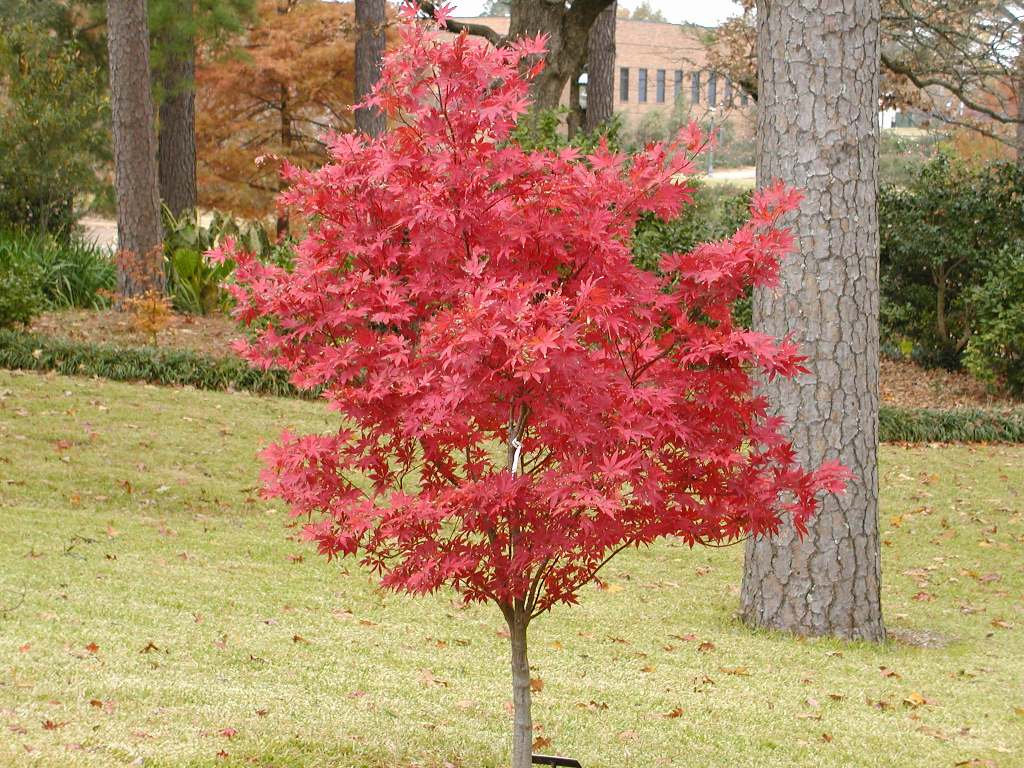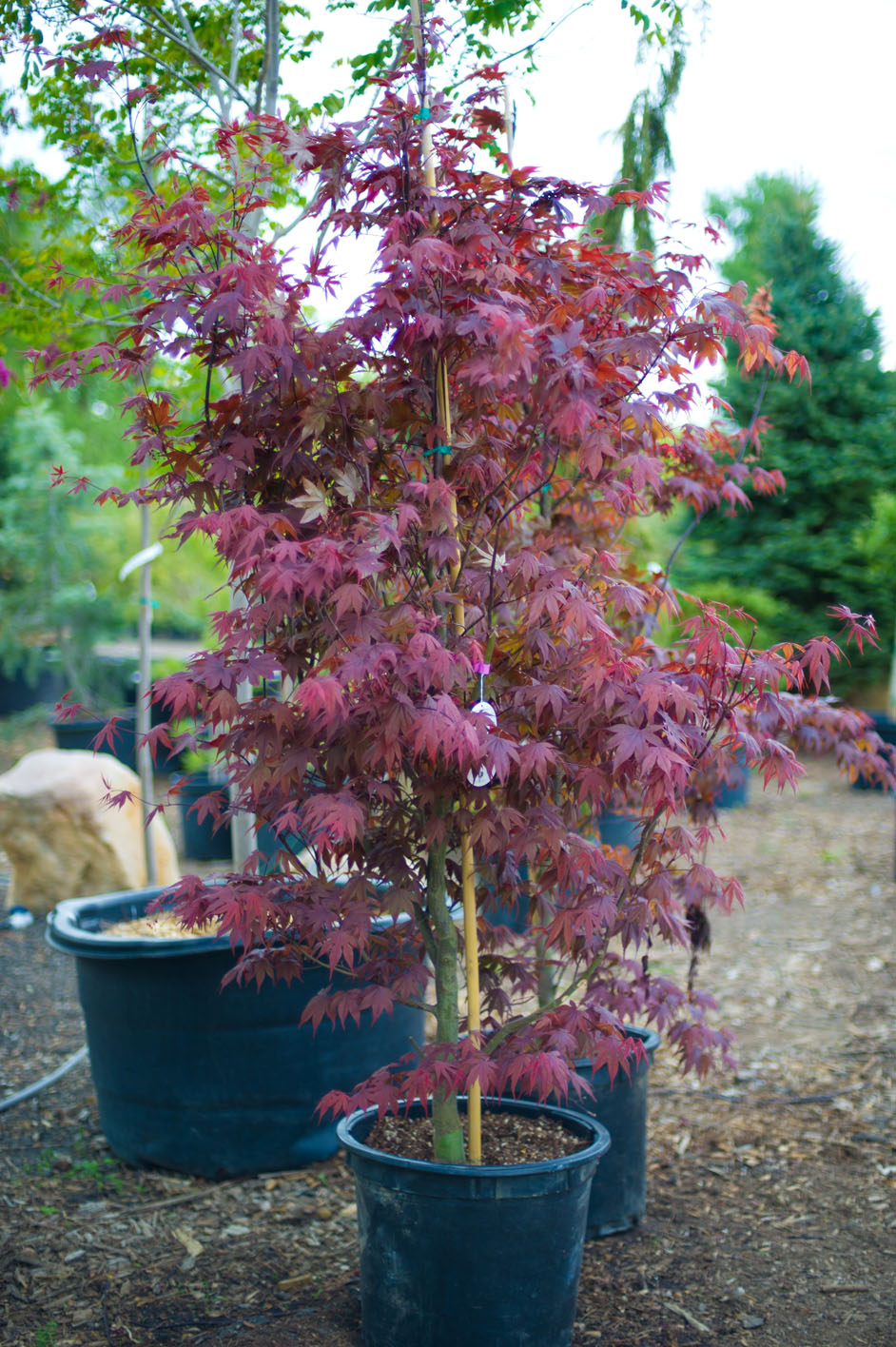

Using sterilized tools, disease-free soil, and proper cultivation practices will go a long way in keeping specimens healthy. You can use our in-depth pest guide to learn more about identifying and controlling other creepy crawlies that may harm your trees. We’ve just hit the highlights of the most common pest issues here. Monterey sells pint-, quart-, and gallon-sized containers of Bt insecticide concentrate that are available from Arbico Organics. The worms are the larval stage of the adult moths, aka rosy maple moths. Green-Striped Maple Wormsĭryocampa rubicunda feeds on a few different types of tree, but maples are its favorite host. If pruning dead wood doesn’t save an infested tree, it’s best to remove and destroy the entire specimen to prevent further spread. Pyrethroid insecticide applications can work as a preventative measure, and permethrin formulations can be applied in February, a month before the beetles usually show up to bore into trees.

Suffering from the combined damage of all these issues, infested plants often die. The beetles bore into trunks, feed on sapwood and heartwood, and vector fungal pathogens. Their presence is indicated by wilting leaves and toothpick-like woody trunk protrusions. Asian Ambrosia BeetlesĪlso known as the granulate ambrosia beetle, Xylosandrus crassiusculus shows up in early spring to attack deciduous trees with thin bark such as Japanese weeping maples. Read more about managing aphid infestations in our guide. Monterey sells horticultural oil in ready-to-spray and concentrate that are available at Arbico Organics.

This plant owes the “Japanese” part of its common moniker to the way it was heavily cultivated by the Japanese people for centuries. dissectum hails from China, Japan, and Korea. Cultivation and Historyīest grown in USDA Hardiness Zones 5 to 8, A. I’ve generalized these details for a reason, though – with all of the natural variations and different cultivars out there, one all-encompassing description is difficult to provide if not impossible.īut a weeping habit and finely-dissected leaves are common features that all maples of this variety share. palmatum ranging in height from 15 to 25 feet.īoth the standard species and this variety possess a spread that is typically equal to or greater than their width. dissectum has an average height of eight to 10 feet so it’s a bit shorter than a standard Japanese maple, with a typical A. The end result is lace-like foliage that sways a bit more gracefully in the wind than standard Japanese maple foliage.įor these reasons, this variety is also commonly referred to as threadleaf, cutleaf, or laceleaf Japanese maple.Ī. dissectum also has dissected leaves with seven to eleven lobes each.Įach lobe is jagged, feathery, and finely cut down to its point of attachment, or node. May be affected by horse chestnut scale, aphids, verticillium wilt.Along with this weeping form, A.Fertilize in spring before the leaves emerge. If pruning is necessary, prune during the dormant season and avoid pruning in spring when the sap is running. Low maintenance, this plant needs little pruning.Perfect as a specimen plant in cottage gardens, city gardens, or for Japanese Gardens.Leaf scorch can be caused by a lack of soil moisture or excessive exposure.
#Picture of blood red japanese maple full#
Best leaf color in partial shade, although full sun can be tolerated. Mulch helps retain soil moisture and keep roots cool. A full sun or part shade lover, this plant is easily grown in moist, organically rich, slightly acidic, well-drained soils.Vigorous, this upright maple tree stands out in the landscape and is suitable as a focal point or as the perfect foil for a mass of green in the landscape. Each leaf is divided into 5-7 lobes, moderately deeply divided lobes. The delicate foliage holds its color throughout summer and turns brilliant scarlet in the fall. Acer palmatum 'Atropurpureum' is a small deciduous tree of bushy habit with rich purple leaves in the spring, becoming deeper in summer.


 0 kommentar(er)
0 kommentar(er)
